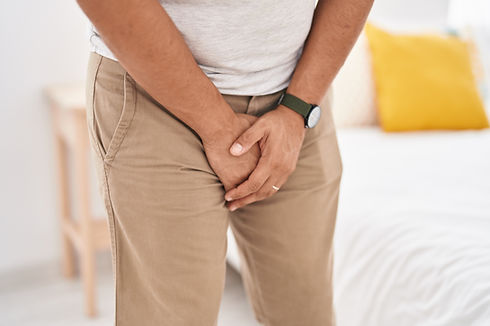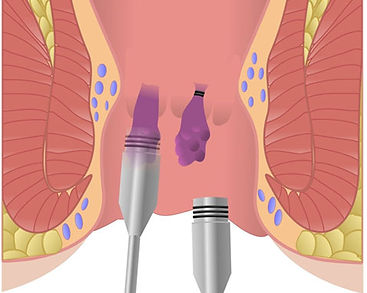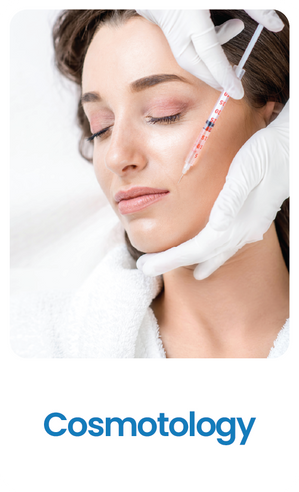Piles (Haemorrhoids)
Piles are also known as Haemorrhoids or Hemorrhoids, which tend to become swollen or inflamed in the lower or internal part of the rectum (internal haemorrhoids) or the skin around the anus (external haemorrhoids).

Best Piles Treatment in Bangalore
Signs and Symptoms

The signs and symptoms of haemorrhoids depend on the type present, and the most common causes include rectal bleeding. However, in most cases, piles are rarely dangerous but also depend on the effective treatment procedure.
External Haemorrhoids – These occur around the skin of the anus. Swelling, Bleeding, Pain, and Itching around the anal region are some of the known symptoms of the external haemorrhoids.
Internal Haemorrhoids – These occur inside the rectum. Usually, it is rarely discomfort, cannot be seen or feel the hurt. But painless bleeding will occur while passing bowel. Some may notice a minimal amount of red blood in the toilet.
Additional complications include with Haemorrhoids are Anemia, Strangulated haemorrhoid, and Blood clots. But these are rare, although not severe, one can feel extremely painful.
Haemorrhoids Diagnose
A diagnose will give accurate treatment options to heal haemorrhoids. Therefore, visiting the experienced doctor for VIDEO CONSULTATION will guide you with the physical examination of the anal area.
Your doctor will include both anal and rectum examination:
A digital examination is conducted by inserting a gloved, lubricated finger into the rectum to feel the unusual growths.
Your doctor will examine the internal haemorrhoids – that is the lower portion of the colon and rectum using an anoscope, proctoscope, or sigmoidoscope.
However, in some cases, your doctor will need another examination, using colonoscopy, to ensure that the symptoms are not associated with any other disease.


Haemorrhoids Treatment
There are several treatment options for Piles. At Surgi Derma, we practice the advanced treatment procedure for treating haemorrhoids. Most of the patients prefer laser proctology procedure over the open surgical procedure for haemorrhoids. It is an overall outpatient treatment procedure with advanced techniques are used.
Laser Proctology for Piles
The coagulation (infrared, laser or bipolar) is an outpatient technique, used for internal grade first and grade second piles. In this technique, the device burns haemorrhoid tissue. The entire procedure takes around 30 minutes and is performed at the clinic under the specialized doctor. It is a complete daycare surgery and is conducted using local anesthesia.

Surgical Procedure for Piles
People with large haemorhoids, a small surgical intervention is required. Your doctor might recommend either Haemorrhoid removal or haemorrhoid stapling.
Haemorrhoid removal (hemorrhoidectomy) is one of those techniques, which is performed to remove the excess of tissue that causes bleeding. The surgery can be done by either local anesthesia or general anesthesia. This type of procedure completely removes the piles.
In Haemorrhoid stapling technique, the blood flow is blocked to the Haemorrhoid tissue. It well suited for internal Haemorrhoids.
Medical Management
For mild discomfort, over-the-counter medication such as creams, ointments, or pads is sufficient to heal piles. However, it is recommended to visit the doctor and obtain the best treatment option that can heal piles.






